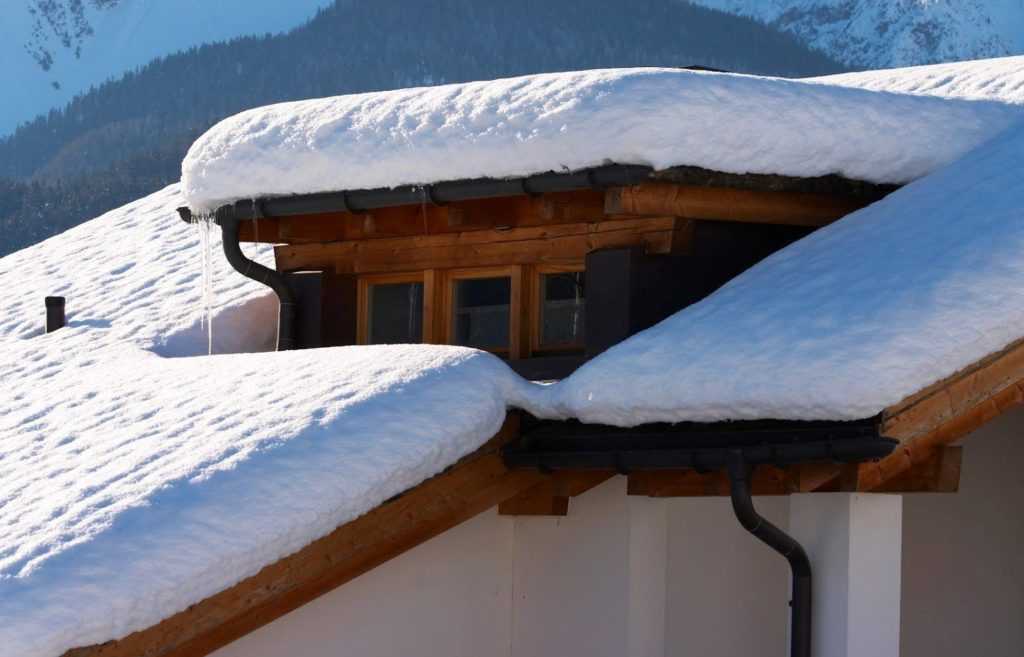Your roof takes the brunt of weather damage, so if you live in a cold climate, you need a roof that can handle extreme temperatures and precipitation while still keeping your house warm.
It seems like a tall order, but there are several materials up to the challenge. Each with their strengths and drawbacks, they comprise a good selection for homeowners of differing budgets and priorities. Read on for four of the best roofing materials for cold climates.
1. Cement Tile
Cement tile is one of the sturdier roof materials — it can easily take on the extra pressure of heavy snow. It’s also very durable, so hail and ice are not a problem. Cement tile’s ability to avoid damage is perhaps its biggest strength.
However, this durability comes with weight. Because cement tile is incredibly heavy, your home and roof need to be built in such a way that can support a lot of weight. Durability and effectiveness also make cement tile a more expensive roofing material.
While cement tile requires that a home have a structure that can sustain it, it is superior at insulating and protecting a home from the elements and will last for 50 to 100 years.
2. Slate
Slate, too, is a heavy and durable material well-equipped for harsh winter climates; it can withstand the weight of heavy snow and ice. A roof made of hard slate may even last for 200 years.
Similarly to cement tile, this heavy material is more expensive, and installation may require extra structural support. Once it’s up, however, it is a great insulator.
While heavy materials are best at protecting a home from harsh climates, read on for a lightweight material that is similarly durable.
3. Metal
In contrast to cement tile and slate, metal is lightweight. It is also incredible tough, and it last from 40 to 80 years. Its cost is comparable to tile and slate.
Because it isn’t as thick and heavy, it is not as good at insulating. If you’d like a metal roof in a cold climate, consider adding extra insulation to your home.
Another drawback to metal roofs is that they can dent. A nasty hailstorm, for example, might leave your roof pockmarked. This likely won’t affect its ability to protect your home, but the resulting appearance is something to consider.
Perhaps a metal roof’s prime characteristic is that gathered ice and snow can slide off of it quite easily. This means that it is unlikely to ice over, which helps deter water damage. However, this helpful characteristic can be dangerous when the snow slides off all at once.
If you choose to install a metal roof, make sure you also install snow guards and heating cables. These additions will cause the snow to melt little by little, so nothing will be buried under a sudden deposit of snow.
4. Asphalt Shingles
Asphalt shingles are one of the most affordable cold-weather roofing options.
While not quite as sturdy as cement, slate, and metal, asphalt shingles do not break easily. Because they are waterproof, they resist rot and are therefore are unlikely to deteriorate. While repairs may be required more often than on sturdier roofs, asphalt shingle are not terribly expensive to replace. These roofs last 20 to 40 years.
While heavier materials only work on a home with an exceptionally sturdy structure, asphalt shingles are lightweight, so they can be installed without such restrictions.
While heavy materials are best at protecting, lighter materials are still very effective, and they are easier to install and replace. Contact us for further questions about what roofing material would be best for your situation.

